There is probably no aspect of North Indian classical music which illustrates better the divergence of theory and practice than the subject of intonation which is represented by the technical term, sruti. Many musicologists have obviously felt this to be a fundamental element of music theory and have devoted much effort and a great many words to the clarification of this issue. Part of the reason for this is undoubtedly the fact that the subject is open to differing interpretation, but it is equally obvious that there is something about microtonality which attracts the scholar, if not the traditional musician.
The difference between theory and practice is exemplified by the two terms, sruti and sur. The former, as usually defined, refers to a theoretical tuning frame- work and pressupposes that Indian music is composed of steady, discrete tones. The latter refers to performance practice, where specific surs may be oscillated, made weaker or stronger, sustained or cut short, merged with other tones, ornamented in particular ways – all in response to the exigencies of the rag, the specific phrase and the context within the performance. Whereas intonation is the main quality of sruti, it is only one of the variables in sur and it is thus not entirely surprising that an examination of sur in performance with just this parameter in view does not reveal a grear deal of consistency.
A multiplicity of theoretical views on intonation in North Indian music are seen in numerous works on the subject. Documented empirical studies concerning the pitch aspect of contemporary performance are, on the other hand, sorely lacking; hence the need for the present study and others like it. The theoretical writings are all based (to varying extents) on Bharata’s Natyasastra.Despite the great quantity of published material, however, the rationale for and nature of Bharata’s system of 22 srutis still remain debatable questions. Were these Srutis equal or unequal in size ? Did they result from a conscious division of the octave, or rather from a desire to describe larger intervals in a numerical fashion ? Were these large intervals derived from divisive or cyclical tuning procedures on instruments, or from (less precise) physiological aspects of vocal production ? Ware the vinas in Bharata’s time bow-hares Or lutes? Was his concept of svara a note or an interval ? What was the relationship, if any, between Bharata’s system and the tradition from ancient to modern times, or did various changes occuring before the seventeenth century result in a break in this tradition ? What was the influence, if any, of the drone and the harmonic series ?
Although an extensive body of theoretical literature has been written on intonation in North-Indian music, there is a surprising lack of published laboratory studies. Until very recently, theoretical writings on music in India have for the most part avoided the empirical approach. Indian scholars have traditionally been preoccupied with interpretations of the ancient Sanskrit treatises, rather than investigations of actual performance practice. Theoreticians in India throughout the centuries have attempted to reconcile discrepencies between ancient theory and contemporary practices, but have done so through further reinterpretations of the treatises rather than analysis of the performed music.
The only published documented empirical study to date in which pitches have been measured in a contemporary performance context, is that of Jairazbhoy and Stone (1963). Due to the methodology of their experiment, which required the arduous task of counting by hand each individual wave peak to determine pitch frequency, the n umber of measured pitches was necessarily rather small. Furthermore, the limited sample made it impossible to investigate correlations between pitch and melodic context. Using somewhat different laboratory procedures, the present author has been able to compile a much larger body of data, thus making it possible to extend the investigation to a consideration of the influence of melodic context on pitch.
Perhaps the most important conclusion to be drawn from this very important study is the flexibility of Indian music within a relatively tight framework On both the macro and micro levels. On the macro level, no two performances are the same, yet two performances of a single rag will sham some features and reveal structural relationships that are deeper than any single performance. On the micro level, the precise way of rendering a sur, including its intonation, will vary from one performance to another and yet reveal the same kind of structural affinities with another performance of that rag.
ABOUT THE AUTHOR Mark Levy
Mark Levy was born in Chicago. Illinois (U.S.A.) in 1946. After studying Western music at the University of Chicago, he pursued ethno- musicology at the University of California at Los Angeles, specializing in Indian music under the guidance of Nazir Jairazbhoy. He received additional training in Indian music at the Centre for World Music in Berkeley, California. In addition to his Indian interests, Mr. Levy is an accomplished performer and scholar of Balkan folk music, and is currently completing his Doctoral dissertation on Bulgarian music. He has taught at the University of California at Los Angeles and Santa Cruz. the Center for World Music, and Portland State University, and is presently employed by the Russian and East European Studies Center at the University of Oregon in Eugene.
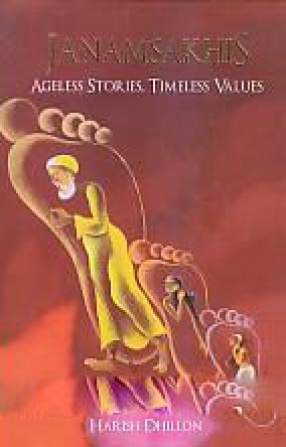 Janamsakhis: Ageless Stories, Timeless Values
1 × $38.70
Janamsakhis: Ageless Stories, Timeless Values
1 × $38.70  Peacock: The National Bird of India
1 × $24.30
Peacock: The National Bird of India
1 × $24.30  The Time Tunnel: A Tale for All Ages
1 × $9.00
The Time Tunnel: A Tale for All Ages
1 × $9.00  Love in the Tsunami
1 × $27.00
Love in the Tsunami
1 × $27.00  Indian English Literature
1 × $58.27
Indian English Literature
1 × $58.27  Gardens of Love: Stories of Marriage
1 × $27.00
Gardens of Love: Stories of Marriage
1 × $27.00 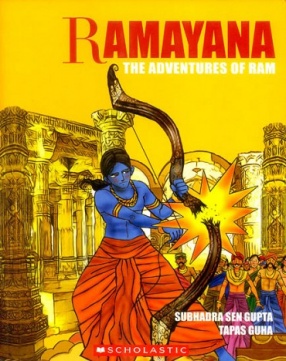 Ramayana: The Adventures of Ram
1 × $35.10
Ramayana: The Adventures of Ram
1 × $35.10 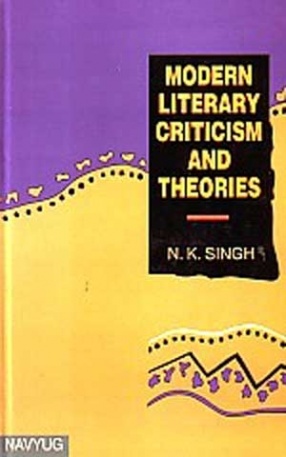 Modern Literary Criticism And Theories
1 × $43.20
Modern Literary Criticism And Theories
1 × $43.20 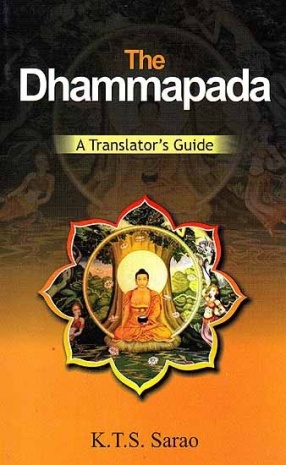 The Dhammapada: A Translator's Guide
1 × $58.50
The Dhammapada: A Translator's Guide
1 × $58.50  Indian Fairy Tales
1 × $18.90
Indian Fairy Tales
1 × $18.90 
 Janamsakhis: Ageless Stories, Timeless Values
Janamsakhis: Ageless Stories, Timeless Values  Peacock: The National Bird of India
Peacock: The National Bird of India  The Time Tunnel: A Tale for All Ages
The Time Tunnel: A Tale for All Ages  Love in the Tsunami
Love in the Tsunami  Indian English Literature
Indian English Literature  Gardens of Love: Stories of Marriage
Gardens of Love: Stories of Marriage  Ramayana: The Adventures of Ram
Ramayana: The Adventures of Ram  Modern Literary Criticism And Theories
Modern Literary Criticism And Theories  The Dhammapada: A Translator's Guide
The Dhammapada: A Translator's Guide  Indian Fairy Tales
Indian Fairy Tales 


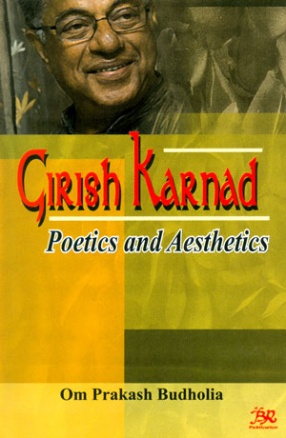
There are no reviews yet.